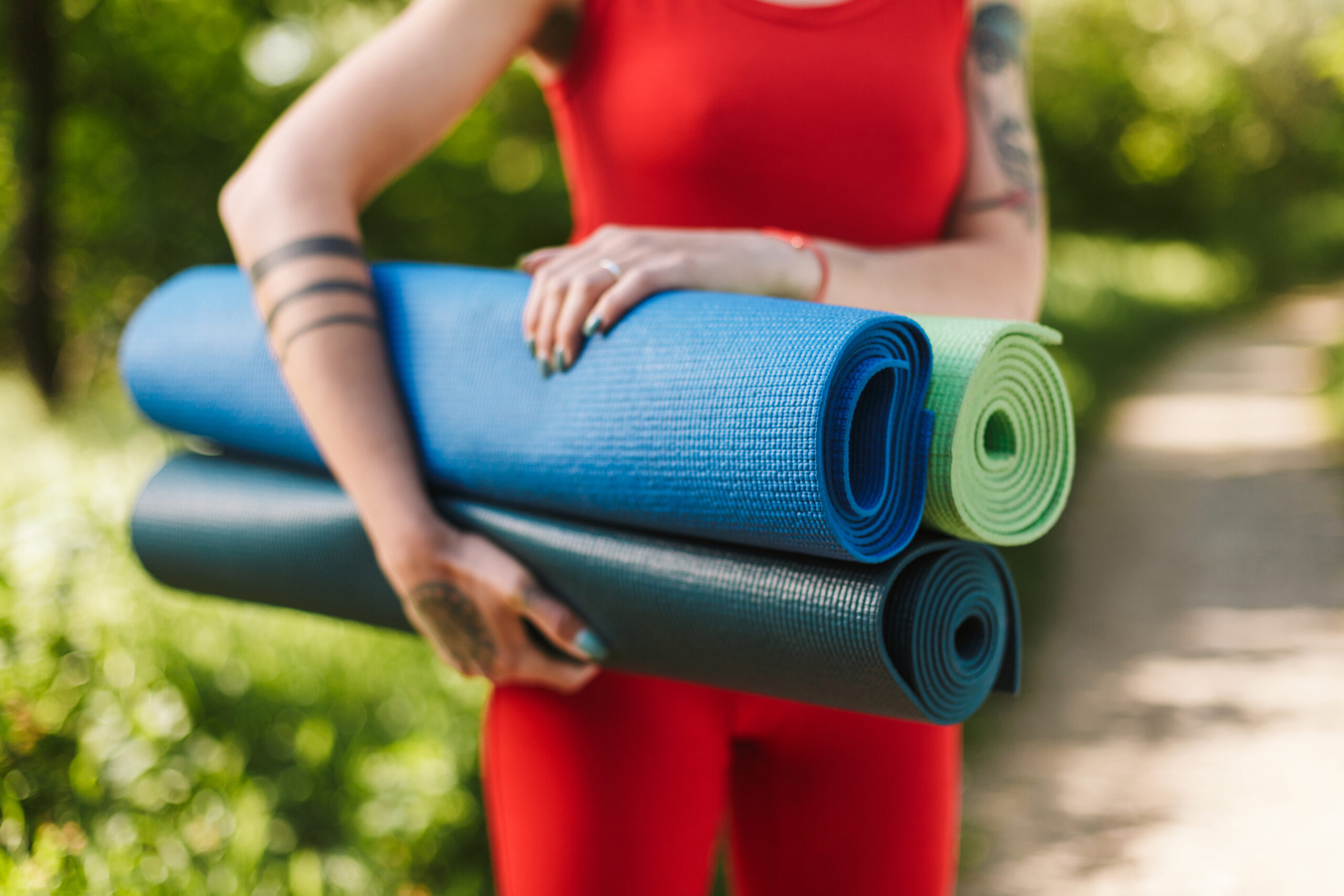Choosing the yoga mat is crucial, for ensuring an steady yoga routine. Regardless of whether you’re starting out with yoga or a seasoned practitioner having the mat can greatly enhance your practice. This comprehensive guide aims to assist you in selecting the yoga mat that aligns with your requirements.
Understanding Your Yoga Style
When selecting a yoga mat the first thing to consider is your yoga style. Various practices include various requirements. If you are into slower-paced practices, such as Hatha or Yin Yoga, which require long-held poses and deep stretches a thicker mat works the best for this. The thickness ensures a certain amount of cushion so that your joints will be safe and you won’t wear yourself out while sitting like this for extended periods. In opposite wise Vinyasa or Ashtanga Yoga requires a strong non slippery grip for dynamic practice and transition from one pose to another.
Yoga mats with a textured surface or those made of high-grip material help prevent slippage. Now, if you’re a fan of hot yoga, you’ve got another set of needs. This type of yoga happens in a hot room so you sweat a lot. You’ll want a mat that soaks up sweat and stays grippy when wet. Mats made from natural rubber or with a microfiber top are great for this. They’ll keep you from slipping and sliding all over the place.
Mat Thickness and Its Impact
Yoga mats come in different thicknesses, which impacts how comfortable and stable they are. Thin mats 1.5 to 3 mm thick, work well for people who want to feel more connected to the floor. These mats give better stability and balance for standing poses and are easy to carry around. Medium mats about 3 to 6 mm thick, strike a good balance between comfort and stability making them useful for most yoga styles. They cushion floor poses enough without losing too much stability. Thick mats, over 6 mm, give the most cushioning and are ideal for restorative yoga or people with joint issues. While they’re comfy for long-held poses, they might not be as stable for balance poses.
Material Considerations for Grip and Eco-Friendliness
Your mat’s material has a big impact on its grip how long it lasts, and how eco-friendly it is. PVC mats last a long time and grip well, but they’re not eco-friendly because they’re made from man-made stuff and won’t break down. TPE (thermoplastic elastomer) mats are a eco-friendly choice. They’re light, tough, and give you a good grip and cushion. You can also recycle TPE mats, which makes them better for people who care about the planet. Natural rubber mats grip well and cushion you.
They’re eco-friendly, break down , and come from resources that grow back. But they’re heavier and might smell rubbery, which some people don’t like. Cotton and jute mats are natural. They have a rough surface that grips well. These mats are great if you want to feel more connected to the ground and you’re worried about your impact on the environment.
Investment in Quality
Buying a strong mat is a smart move. Mats created from top-notch stuff like real rubber or dense TPE stick around longer and keep their stickiness and padding over time. Staying clean is key too if you’re a sweaty person. Try to find mats you can wipe down with a wet cloth or toss in the washing machine. Some mats even have germ-fighting powers to keep them smelling fresh.
Budget Consideration
Money matters, but buying a good mat is worth it in the end. Pricier mats often give you better grip last longer, and feel nicer. They’re made to handle regular use and keep working well over time so they’re a smart buy. Cheap mats can work for newbies or people who don’t practice much, but they might wear out quicker and need replacing sooner. This can add up to more money spent over time. So, while you might save cash upfront with a budget mat, a quality one could save you money in the long run. It’s all about thinking ahead and figuring out what’s best for you and your wallet.
Conclusion
In the end, the yoga mat that feels right to you is the best one. If you can, try out different yoga mats to see which one you like most. A lot of yoga places have different yoga mats you can use, so you can get a feel for what works best for you. Think about what textures how thick, and what materials you like. Your comfort when you’re doing yoga is super important so pick a yoga mat that fits what you need and makes your yoga better.
It’s not just about the mat, it’s about how it makes you feel when you’re using it. Remember, what works for someone else might not work for you, so it’s okay to take your time and find the perfect fit.
Also Check,
https://www.healthyfoodshealthygoods.com/the-healing-power-of-a-chakra-set/

